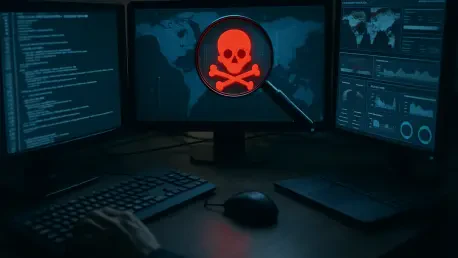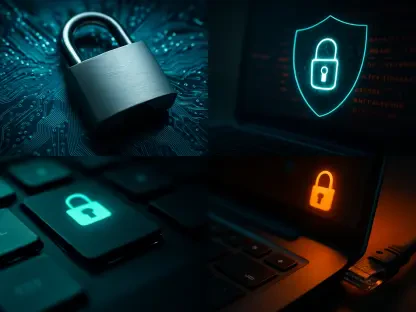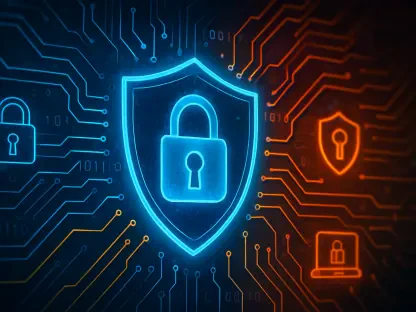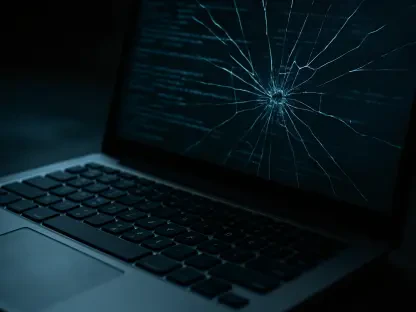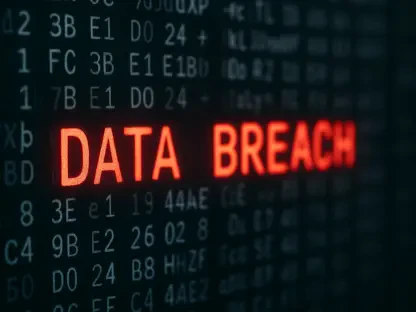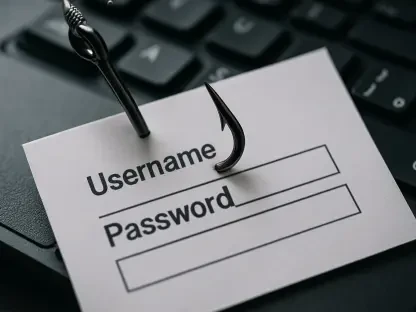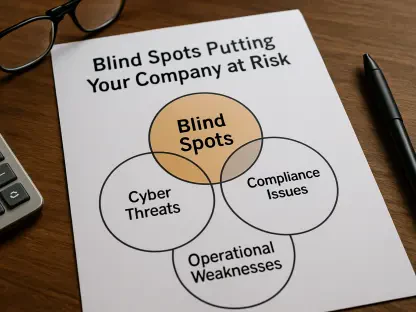In the ever-evolving world of cybersecurity, staying ahead of threats requires more than just awareness—it demands proactive strategies and innovative thinking. Today, we’re thrilled to sit down with Rupert Marais, our in-house security specialist with deep expertise in endpoint and device security, cybersecurity strategies, and network management. With years of experience under his belt, Rupert has seen the landscape shift from reactive defenses to a more forward-thinking approach. In this conversation, we dive into the importance of Security Awareness Month, the limitations of traditional security tools, the power of proactive threat hunting, and the emerging framework of Continuous Threat Exposure Management (CTEM). We also explore how modern attackers are changing the game and what defenders can do to keep up.
Can you start by sharing what Security Awareness Month means to you as a cybersecurity professional?
Security Awareness Month, which rolls around every October, is a big deal for me. It’s a dedicated time to focus on educating people—employees, businesses, even regular folks—about the role they play in keeping digital spaces safe. I’ve seen firsthand how it sparks important conversations and gets people thinking about risks they might otherwise ignore. It’s a chance to build a culture where security isn’t just the IT team’s job; it’s everyone’s responsibility. The impact is real—employees start recognizing phishing attempts or questioning suspicious links, and organizations often see a shift in how seriously people take their role in defense. The strength of these campaigns lies in their ability to make complex topics accessible and to remind everyone that small actions, like strong passwords, can make a huge difference.
Why do you believe awareness alone isn’t enough to stop breaches in organizations?
Awareness is a fantastic starting point—it gets people engaged and thinking critically. But it can’t cover everything. Many breaches stem from issues like misconfigurations or unused accounts that no amount of training can fully address. People aren’t going to spot a poorly set-up cloud environment or excessive privileges in a system they don’t even access. I’ve seen stats showing misconfigurations alone cause over a third of cyber incidents, and that’s a gap awareness can’t close. These blind spots often turn into real-world problems, like attackers slipping through because a setting was overlooked. Awareness helps with the human element, but it needs to be paired with systems and processes that catch what humans miss.
What are the limitations of traditional security tools like EDR and SIEM in today’s threat landscape?
Traditional tools like Endpoint Detection and Response (EDR) and Security Information and Event Management (SIEM) are critical, but they’re largely built for reaction, not prevention. They’re great at flagging suspicious activity or correlating events after something’s already happening, but they don’t focus on stopping issues before they start. For example, an EDR might alert you to malware on a device, but it won’t tell you about the misconfigured access that let the malware in. I’ve seen cases where these tools miss subtle, slow-burn threats—like an attacker quietly moving laterally through a network—because there’s no loud alert to trigger. They’re essential, but they’re only part of the puzzle. We need to complement them with proactive measures.
How would you describe the concept of proactive threat hunting, and why is it so important?
Proactive threat hunting is about flipping the script from waiting for alerts to actively searching for risks before they turn into full-blown attacks. It means looking for things like exposed credentials, weak configurations, or unusual privilege setups that could be exploited. Unlike sitting back for a dashboard to light up, threat hunting involves diving into your environment—often using tools like digital twins to simulate attack paths—and figuring out where you’re vulnerable. It’s important because it lets you fix problems before an attacker even gets a chance. I’ve seen it uncover issues like dormant accounts with admin access that could’ve been a disaster if exploited. It’s about staying one step ahead.
Can you explain the idea of focusing on the ‘left side’ of the Cyber Defense Matrix in simple terms?
Absolutely. The Cyber Defense Matrix is a way to think about security in phases—identification, protection, detection, response, and recovery. The ‘left side’ refers to the early stages: identifying your assets and protecting them before anything goes wrong. It’s about knowing what you have, where it’s vulnerable, and securing it upfront rather than waiting to clean up a mess later. Starting earlier is crucial because it reduces the attack surface—think of it as locking your doors before a thief shows up. This approach shifts how organizations think about security, moving from a ‘we’ll deal with it when it happens’ mindset to building stronger foundations from the get-go.
What does Continuous Threat Exposure Management (CTEM) bring to the table as a modern security framework?
CTEM is a game-changer because it’s not a one-and-done deal—it’s an ongoing, structured way to manage risks. It involves continuously modeling threats, testing your controls, and adjusting based on what you find. Unlike a single security audit or project that gives you a snapshot in time, CTEM keeps you in a constant state of improvement. It’s about mapping out how an attacker could move through your environment and prioritizing fixes based on real business impact. For organizations just starting, I’d say begin with getting a clear picture of your environment—collect data on vulnerabilities, identities, and configurations. Then, build a repeatable process to assess and address risks. It’s about making security a living, breathing part of your operations.
How are advanced attacker tactics, like AI-driven automation, reshaping the challenges for defenders?
Attackers using AI-driven automation is a whole new level of challenge. They can map out an organization’s infrastructure, reuse stolen credentials, and move laterally at a speed that’s almost impossible to keep up with manually. I’ve seen reports of entire attack campaigns being orchestrated in minutes, not days. This means defenders can’t afford to be reactive anymore—by the time you notice, the damage is done. It forces us to think like attackers, to use tools that give us the same kind of contextual visibility they have. We need to anticipate their moves, map out potential attack paths, and close off entry points before they’re exploited. It’s a race, and automation on both sides is raising the stakes.
What is your forecast for the future of cybersecurity strategies like threat hunting and CTEM?
I think we’re going to see threat hunting and CTEM become the backbone of cybersecurity in the coming years. As attackers get faster and more sophisticated with tools like AI, organizations won’t have a choice but to adopt continuous, proactive frameworks. I predict we’ll see more integration of automation and machine learning on the defender’s side to keep pace—think real-time attack path mapping or predictive risk analysis becoming standard. We’ll also likely see tighter regulations pushing companies to prove they’re actively managing exposure, not just responding to incidents. The shift from awareness to readiness is already happening, and I believe it’s only going to accelerate as the threat landscape gets more complex.
